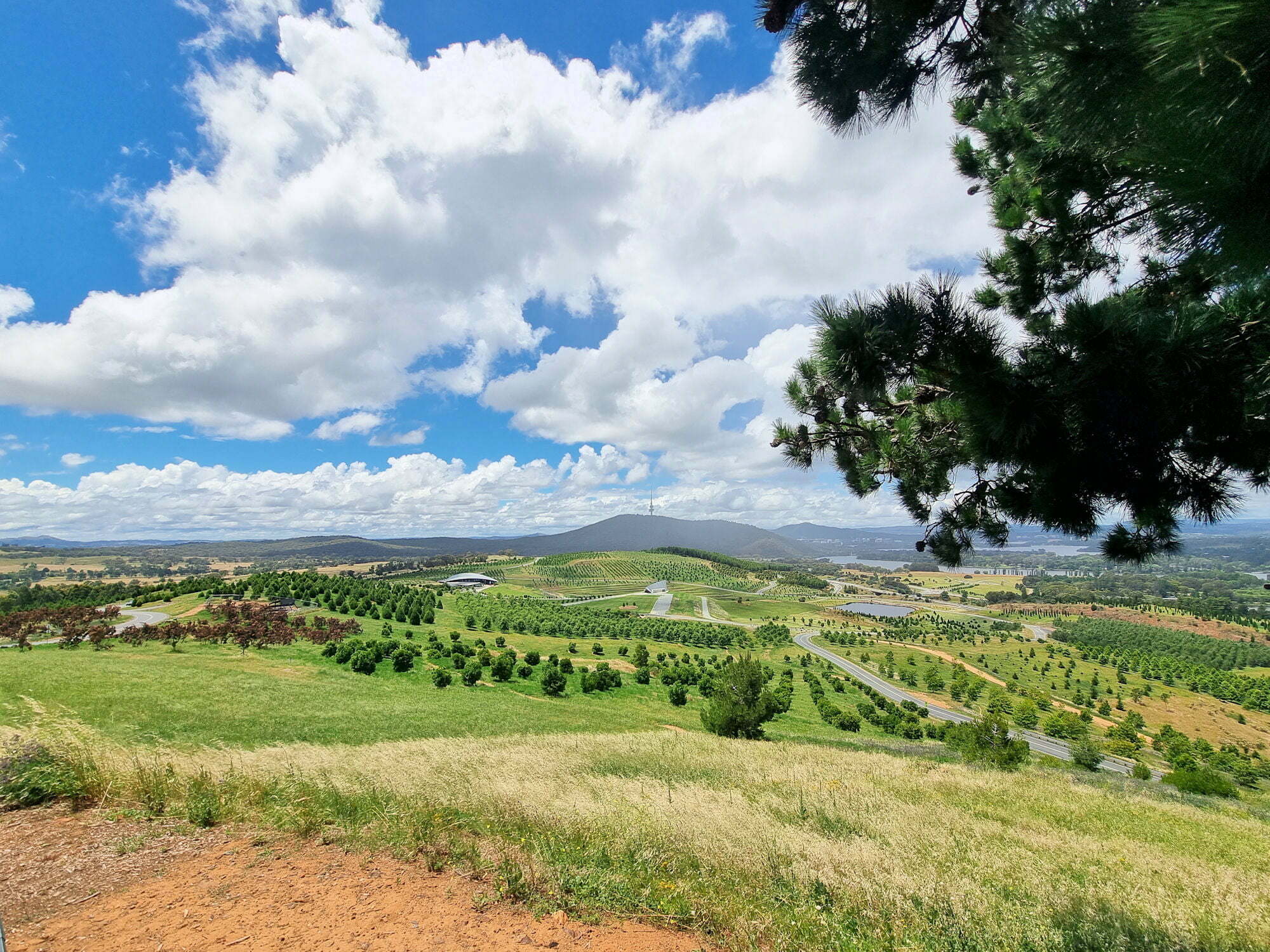Category: Sculpture
-
National Gallery of Australia

National Gallery of Australia Located on the south side of Lake Burley Griffin in Canberra, the National Gallery of Australia houses the most valuable art collection in the country. Limited parking is available onsite, but we chose to park at Questacon, where a large carpark is available. This also means that you are close to… Read more
-
National Arboretum Canberra Australia

National Arboretum Canberra Devastating bushfires in 2001 and 2003, burnt huge areas around Canberra. A recovery project to heal some of the damage included The National Arboretum, which now covers 250 hectares(618 acres in the old measurement). Although very much in its infancy, with plantings still taking pace, it’s a great place to visit. The… Read more
-
Commonwealth Park Canberra

Commonwealth Park Canberra Located in the centre of Canberra, Commonwealth Park is full of walking tracks, memorials and sculptures. With Lake Burley Griffin as a backdrop, it’s an excellent place for a relaxing stroll, picnic or simply sit and admire the views. Car parks within the park make access easy, but if you want to… Read more